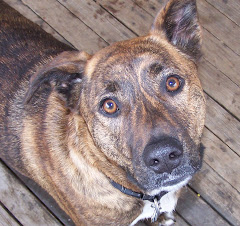You may want to drink bottled water when traveling, especially in areas where you are unsure if the drinking water source is a public source or a privately owned source. Dangerous bacteria can exist in drinking water that is not monitored properly. Better safe than sorry!
Be safe when you are traveling:
WOOO HOOO I just got back from Kentucky. It was a great trip, setting aside a few travel glitches, a night at the airport, and some really stressed out drivers in Louisville, I had a spectacular time. I went to visit my son Blaine for family weekend who just graduated from basic training with the Army @ Fort Knox, Kentucky. I will be returning in December.
Today's post is regarding traveling and drinking water. How can I know that the water supply is safe to drink? The fact is you can't. Chances are if you are staying in the city or a populated area, the water is up to par. Government standards require regular testing and reporting for public drinking water systems. If you are staying in a Bed and Breakfast or a motel with a remote location, you may want to drink bottled water just to be safe. Private wells are not monitored as closely as public systems, hopefully the property owner uses good practices in maintaining the system, but how can you be sure? There is a time and place for bottled water, I think traveling is one of those times.
The Belle of Louisville on the Ohio River click to enlarge

The wide spectrum of water uses, turn round and round, like a
water wheel. I welcome your comments






